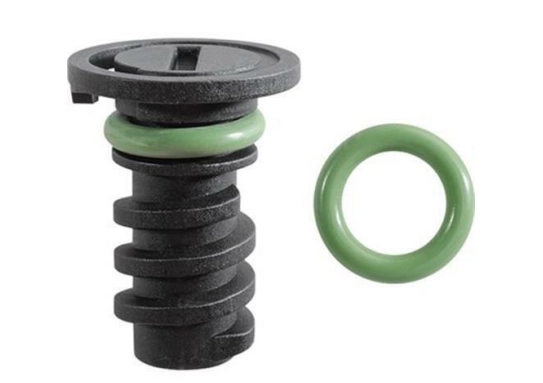Replacing the Lower Oil Pan Gasket for Improved Engine Performance and Leak Prevention
Understanding Lower Oil Pan Gasket Importance, Issues, and Maintenance
The lower oil pan gasket is a crucial component of an engine's lubrication system. Positioned between the oil pan and the engine block, it plays a significant role in ensuring that the oil stays contained, preventing leaks and maintaining optimal engine performance. Understanding the importance of the lower oil pan gasket, recognizing potential issues, and knowing how to maintain it can help vehicle owners keep their engines running smoothly.
Importance of the Lower Oil Pan Gasket
The lower oil pan is responsible for holding the engine oil, which circulates through the engine to lubricate its various moving parts. The oil pan gasket acts as a seal, keeping the engine oil contained within the lower oil pan. Without a properly functioning gasket, several problems can arise, including oil leaks, loss of oil pressure, and contamination of the oil.
A well-sealed lower oil pan not only prevents leaks but also helps maintain the correct oil level, which is essential for engine performance. Adequate lubrication is vital for reducing friction between engine components, thereby preventing premature wear and potential engine damage. Therefore, the lower oil pan gasket should be regularly inspected and replaced as needed to avoid costly repairs.
Common Issues with the Lower Oil Pan Gasket
Several issues can affect the functionality of the lower oil pan gasket. Over time, the gasket can deteriorate due to heat exposure, wear and tear, and the chemical breakdown of materials. This deterioration can lead to oil leaks, which may manifest as oil spots under the vehicle or low oil levels in the engine.
Another problem is improper installation. If the gasket is not seated correctly during installation, it can lead to uneven sealing and oil seepage. Additionally, using the wrong type of gasket or adhesive can compromise the seal, resulting in leaks.
lower oil pan gasket

Drivers may also experience symptoms that indicate a failing lower oil pan gasket. Some common warning signs include
1. Oil Puddles Noticeable oil spots underneath the car, especially after it has been parked for a while. 2. Low Oil Levels Regularly having to top off the engine oil can indicate a leak. 3. Oil Pressure Light The dashboard warning light for oil pressure may illuminate, signaling a problem with oil flow. 4. Engine Noise Increased engine noise or knocking can occur if lubrication is compromised due to low oil levels.
Maintenance and Replacement
To extend the life of the lower oil pan gasket, regular maintenance is crucial. Routine oil changes, using high-quality oil, and ensuring that the oil filter is replaced as needed can greatly contribute to the longevity of the gasket. During oil changes, it's a good practice to inspect the gasket for any signs of wear or leaks.
If a leak is detected and the gasket is found to be compromised, timely replacement is essential. While replacing the lower oil pan gasket can be done at home by a knowledgeable DIYer, it’s often best left to professionals, especially if the job requires removing the oil pan entirely. Professionals can ensure that the correct type of gasket is used and that it's installed properly to prevent future leaks.
Conclusion
The lower oil pan gasket may seem like a minor component, but its role in maintaining engine integrity and performance is significant. Regular inspections, prompt repairs, and proper maintenance can help prevent the issues associated with a failing gasket. Every vehicle owner should be aware of the symptoms of gasket failure and take proactive measures to ensure their engine remains well-lubricated and protected from potential damage. By understanding the importance of the lower oil pan gasket, drivers can contribute to the longevity and reliability of their vehicles, ultimately saving on repair costs and promoting safer driving experiences.
-
Simplifying Oil Changes: A Comprehensive Guide to Oil Drain Plugs and Their Variants
News Aug.04,2025
-
Mastering Oil Drain Maintenance: Solutions for Stripped, Worn, and Upgraded Oil Plugs
News Aug.04,2025
-
Fixing Oil Pan Plug Issues: Leaks, Stripped Nuts, and the Right Replacement Solutions
News Aug.04,2025
-
Everything You Need to Know About Oil Drain Plugs: Sizes, Fixes, and Upgrades
News Aug.04,2025
-
Choosing the Right Oil Drain Plug: A Guide to Sizes, Materials, and Drain Innovations
News Aug.04,2025
-
A Complete Guide to Automotive Drain Plugs: Types, Problems, and Innovative Solutions
News Aug.04,2025
-
The Ultimate Guide to Car Repair Kits: Tools and Essentials Every Driver Should Own
News Aug.01,2025
Products categories















